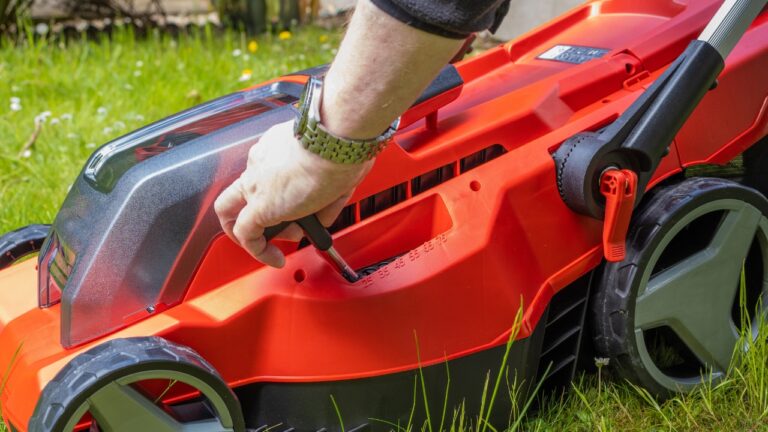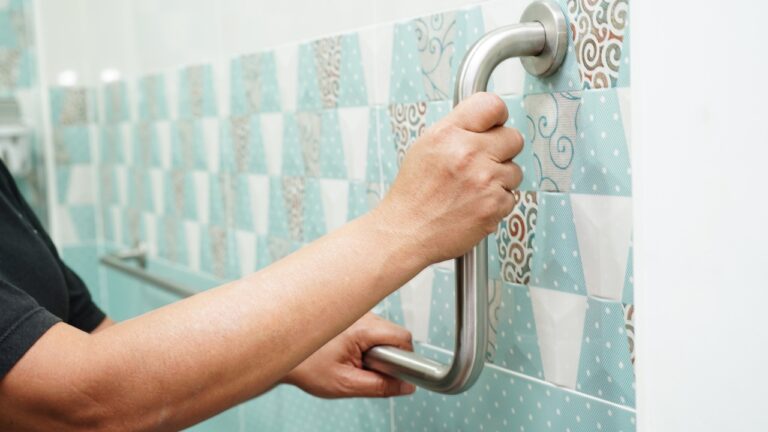9 upgrades our parents thought were futuristic
The ‘70s and ‘80s had their own ideas of what “the future” would look like, and plenty of those upgrades ended up in regular houses. At the time, they were cutting-edge — or at least felt like it. Now, most of them are outdated, but you can’t deny the excitement people had when these so-called futuristic features first came on the scene.
Intercom Systems in the Walls

Houses with built-in intercoms were considered top-tier back then. Parents thought it was efficient to call kids to dinner without yelling. In reality, most systems broke quickly or kids used them to play pranks. Still, having an intercom panel in the kitchen or bedroom screamed high-tech, and families showed it off proudly.
Waterbeds
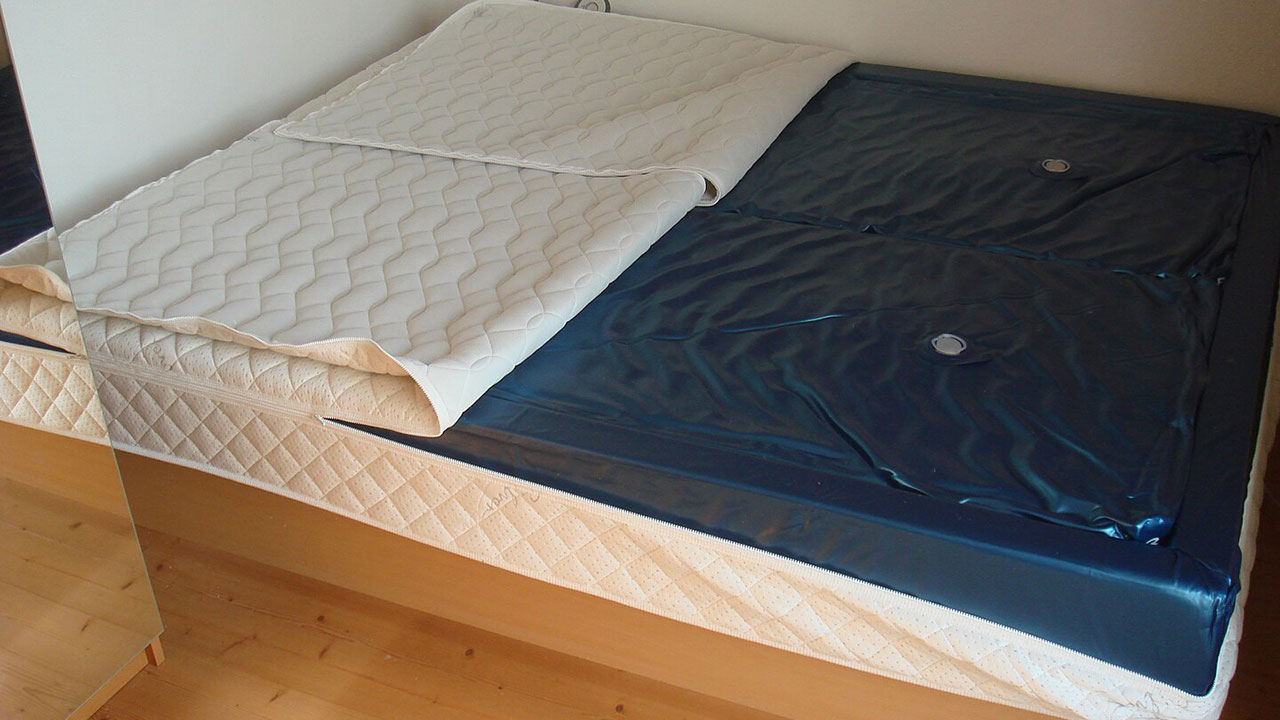
For some reason, nothing said “future living” like sleeping on a giant sloshy bag of water. Waterbeds were seen as modern, stylish, and a little luxurious. Parents bragged about having one, even though they were a nightmare to move and leaked more often than anyone admitted. At the time, they felt like cutting-edge comfort, even if today most people wouldn’t go near one.
Central Vacuums

When central vacuum systems first appeared, homeowners thought they’d never need a regular vacuum again. All you had to do was plug a hose into the wall and dirt got sucked away through hidden pipes. It sounded revolutionary but required constant upkeep, and most people went back to uprights and canisters. Still, at the time, it made a house feel modern and expensive.
Microwave Ovens
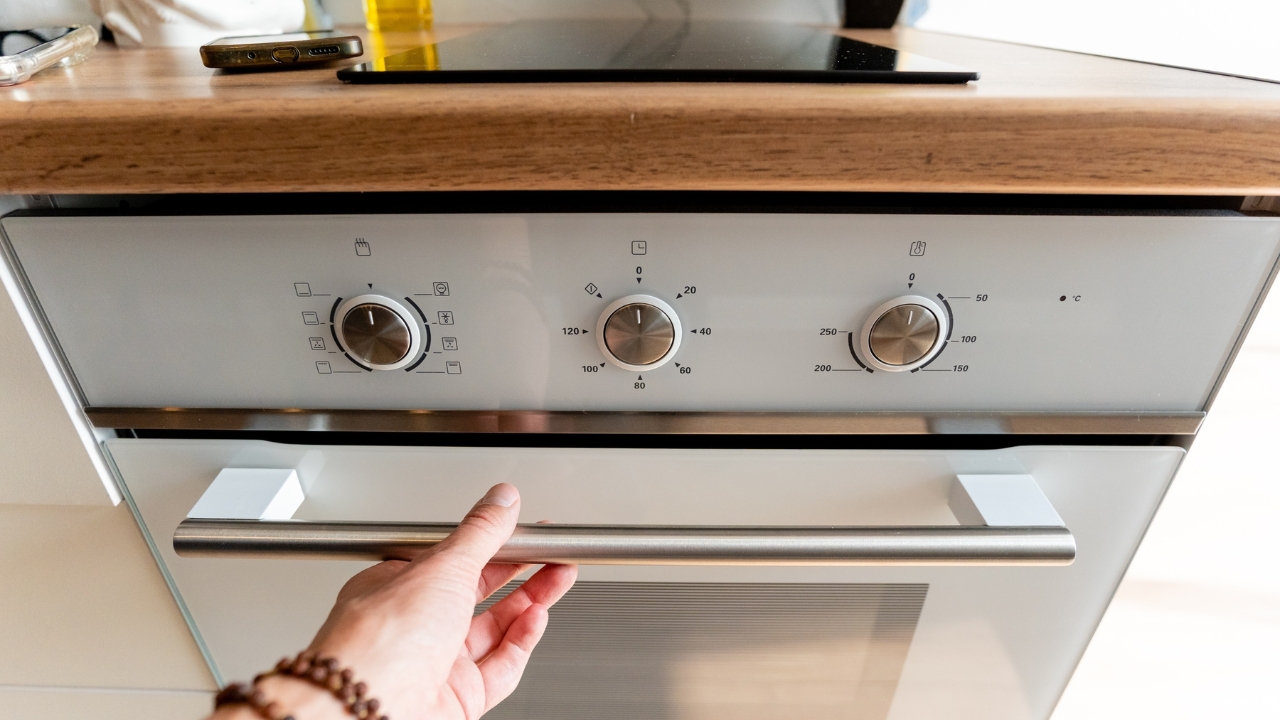
Microwaves were the definition of futuristic cooking in the late ‘70s and early ‘80s. The idea that you could heat food in minutes was mind-blowing. Parents proudly showed them off, even if most meals came out soggy or oddly textured. Despite their flaws, microwaves stuck around and became a permanent fixture in kitchens everywhere.
Touch Lamps

Touch lamps felt magical when they first came out. You didn’t need a switch — you just tapped the base and the light came on. It felt straight out of The Jetsons. Kids loved playing with them, cycling through the brightness settings until parents yelled. They weren’t practical long-term, but they definitely felt futuristic at the time.
Digital Alarm Clocks

Before cell phones took over, digital alarm clocks were a high-tech must-have. The glowing red or green numbers looked space-age compared to traditional ticking clocks. Parents loved how easy they were to read, and kids thought the numbers glowing in the dark were cool. They might feel dated now, but in their day, they were the future of timekeeping.
Built-In Phone Nooks

Having a recessed area or shelf specifically for the home phone was considered an upgrade. It made the phone look like part of the design instead of just another gadget. Families decorated the nook with pads of paper and pens for taking messages. At the time, it felt sleek and futuristic, even though today the idea seems unnecessary.
Pocket Doors

Sliding pocket doors felt modern and space-saving compared to traditional swing doors. Parents loved showing them off as a clever solution. They didn’t always function smoothly and could get stuck, but in the moment they were considered high design. Every home improvement show pitched them as the future of efficient living.
Solar-Powered Gadgets
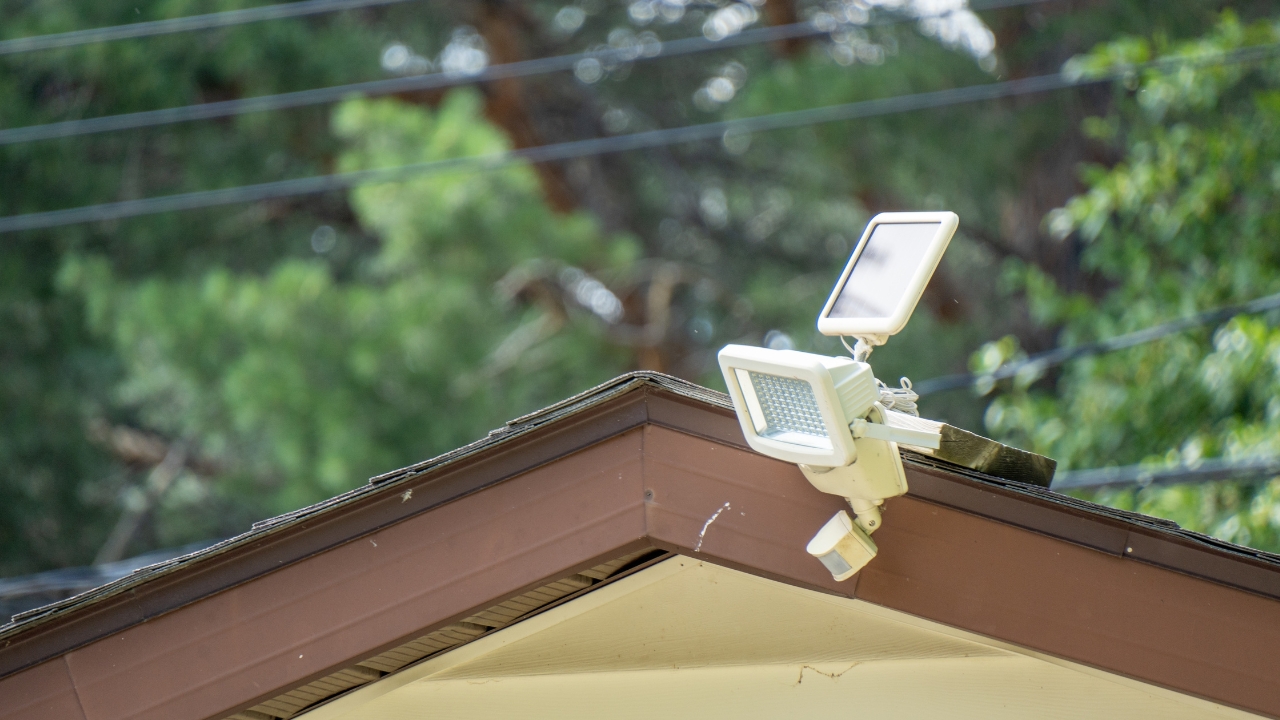
Before solar panels became mainstream, smaller solar gadgets were seen as futuristic. Things like calculators, outdoor lights, or even toy cars felt groundbreaking. Parents bragged about using “the power of the sun” and acted like they were ahead of the times. Even if those gadgets weren’t all that reliable, they made people feel like they were stepping into the future.
*This article was developed with AI-powered tools and has been carefully reviewed by our editors.


